11 Cool Things You Didn't Know Modern Cars Can Do
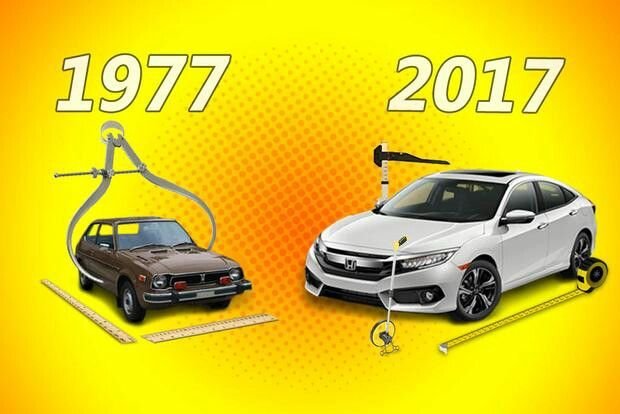
Cars are no longer just a bunch of nuts and bolts we use to get from A to B. Thanks to new technologies, they do all sorts of things behind the scenes to keep us safe, comfortable and happy at the wheel.
Here, we look at 11 things you didn’t know modern cars could do — from adapting to certain road conditions to letting us see in the dark.
1/ Fully customise what you see on the dash:
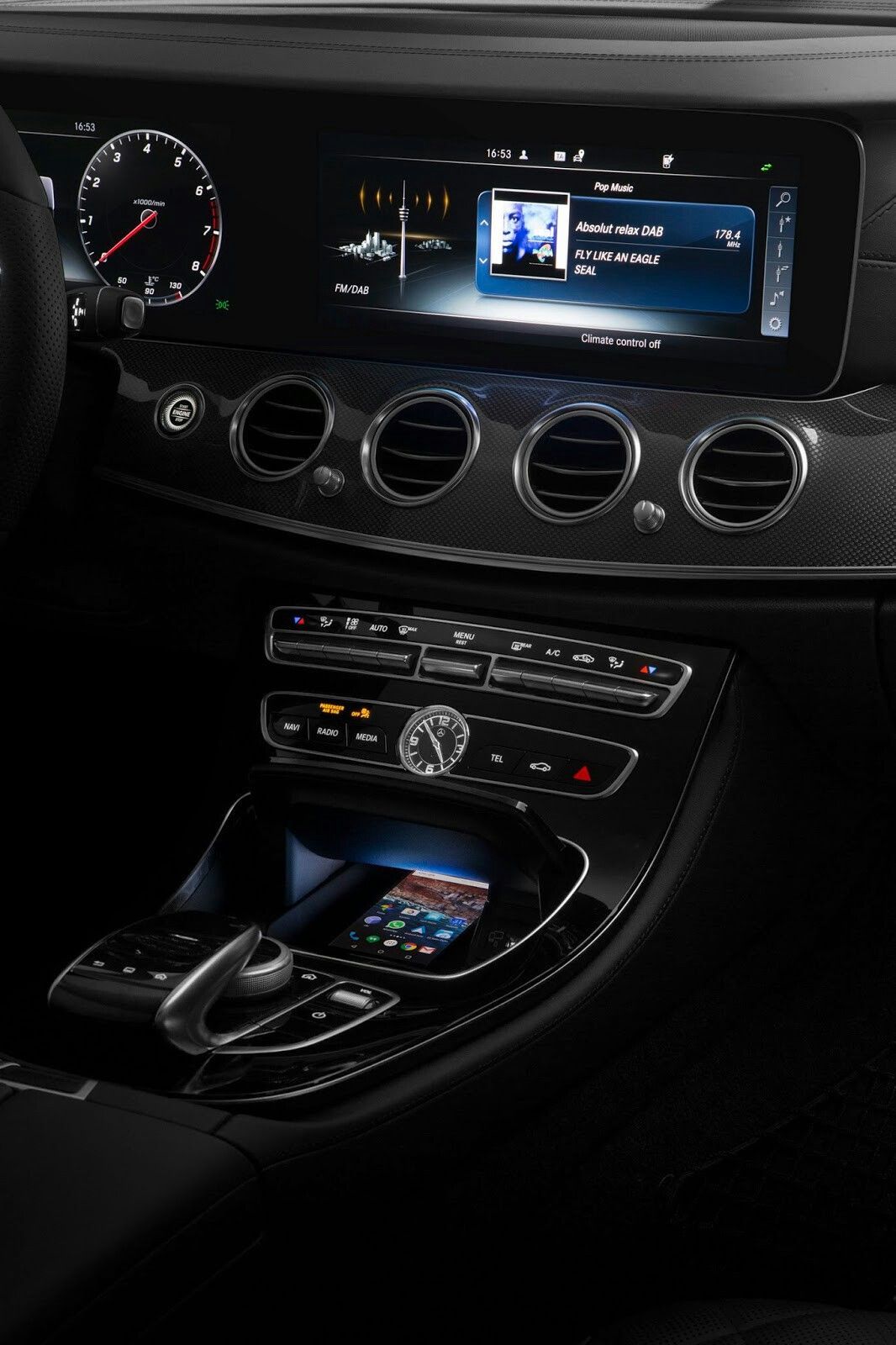
Since cars came about, their centre consoles have remained largely the same, displaying basic information like speed, rev count, fuel and emergency warning lights to the driver.
Now, dashboards are changing, and more and more cars are being fitted with customisable instrument clusters that let you choose what you want to be displayed — whether that’s your average MPG, a navigation screen or stats about how economically you’re driving.
One of the best next-gen centre consoles is Audi’s Virtual Cockpit, which is a fully digital display powered by two Nvidia Tegra 3 processors. The display can be customised exactly how the driver wants it, eliminating the need to take your eyes off the road to choose music or look at directions.
2/ Park for you:
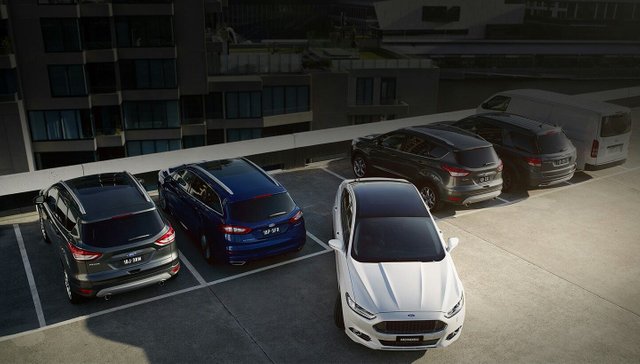
Few drivers like parking their car, particularly when you’re trying to parallel park at the side of a busy road with other people waiting. The good news is manufacturers have recognised this issue, and developed tech to take the stress of parking out of your hands.
Using a range of different signals, including ultrasound, acoustic and radar, some cars can now manoeuvre into tight parking spaces at the touch of a button, leaving you free to sit back and relax while it does the hard work for you.
This sort of technology might sound space age and expensive, but it’s actually available on lots of reasonably inexpensive cars, including the new Ford Focus, Renault Megane and Volkswagen Golf. So if you don’t like to park, why not opt for one of these as your next car?
3/ Connect to the internet:
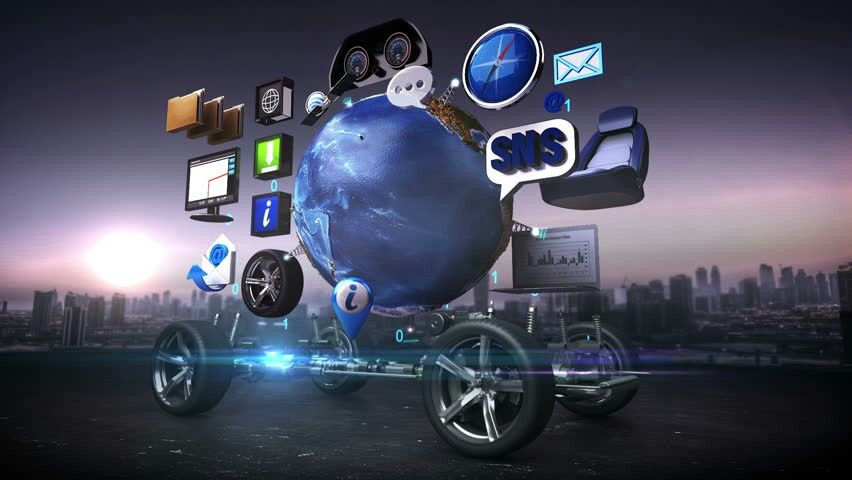
For those of you that can remember dial-up internet, the idea of connecting to the web in your car is going to sound pretty crazy. But now, thanks to the dawn of the connected car, you can access the WWW just about anywhere — and all without a smartphone or tablet in sight.
WiFi enabled cars are growing in popularity, with most new cars now boasting some level of internet connectivity. Such systems work by inserting a SIM card much like a mobile phone uses, connecting you to a fast 4G network to access the web from behind the wheel. Tesla’s been leading the way on connected car technology since 2012, and now offer a smartphone app that let you control car features such as air con and even parking.
What’s the point in this tech? Well, for starters it allows you to stream music direct from the internet through your car’s stereo, and can also be used for a range of other functions like remote access and video calling, as well as giving you the ability to connect to your phone and control the car’s functions wherever you are.
4/ Different temperatures for every passenger:
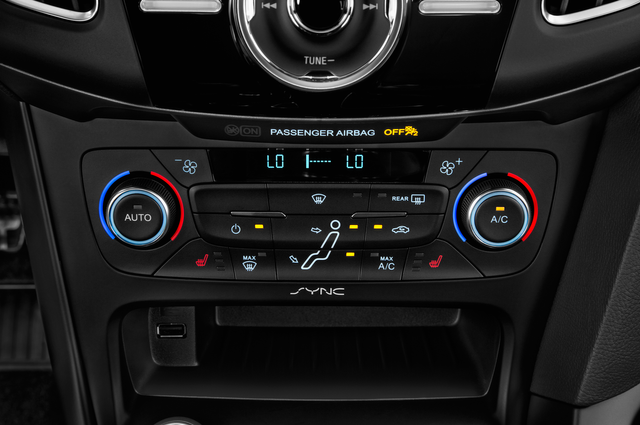
You want to switch on the air con and cool down, but the rest of your family are complaining about being too cold — does this sound familiar?
While traditional in-car thermostats can only offer one temperature throughout the cabin, newer luxury cars benefit from multi-zone climate control, in which the driver and each passenger is given their own heating and cooling controls.
Thanks to complex air distribution systems, this allows each person to set the temperature just how they like it — so no more bickering about it being too hot or cold.
5/ Find your next meeting with ease:
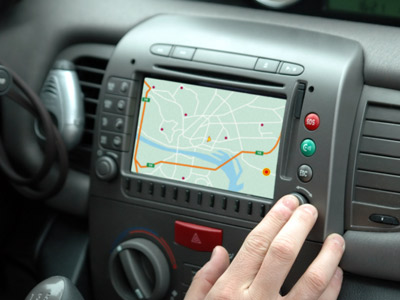
In-car navigation has been around for a while now, but the technology is getting much more advanced. Thanks to the arrival of connected cars, GPS systems can now offer accurate directions based on your digital schedule, so you know exactly where you need to be and when — perfect for those who do a lot of driving for work.
One of the best examples of this is Volkswagen’s Guide & Inform, a new system that goes far beyond the capabilities of the traditional sat nav. This clever system is fully connected to the internet, so it can keep you updated of any changes to your route, based on real-time traffic information. It can also find local points of interest, keep you updated on the weather and direct you to the nearest available parking space, so you need never be late for an important meeting again.
6/ Gets rid of 80% of pollen and pol:
 ):
):
If you have allergies, perhaps the safest place to be is in your car. Modern vehicles are fitted with advanced pollen and pollutant filters capable of removing around 80% of allergens from the air before it enters the cabin, so you can breathe happy behind the wheel.
Perfect during the summer months when a high pollen count can be a real problem for drivers, these filters eradicate a large portion of harmful allergens that enter your car, so you may be less likely to suffer hay fever in your car than you would be out on the street.
Not only that but these filters also block a lot of harmful exhaust emissions, which are known to cause health issues and are most dangerous for motorists who spend a lot of time driving in queues in town.
7/ Adapt to changing conditions as you drive:
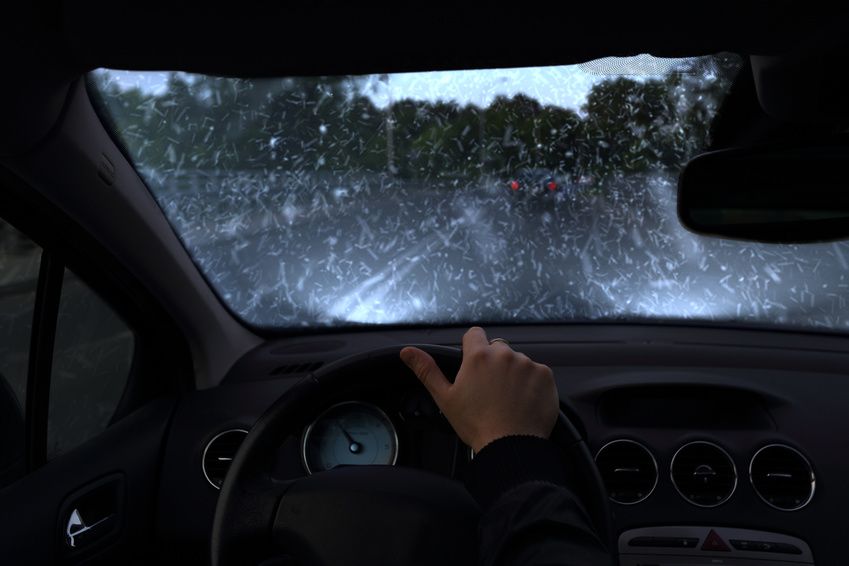
Rather than relying on instinct to change your driving style in certain environments, modern cars are now clever enough to detect different conditions, and will remotely adjust certain features to provide greater safety, comfort and performance.
Ideal when you’re driving somewhere unfamiliar, technology like Audi’s all-wheel drive Quattro system provides optimal handling, cornering and power distribution depending on the conditions — so you’ll always feel confident even if you’re driving in pouring rain or ice and snow.
8/ Let you see in the dark:
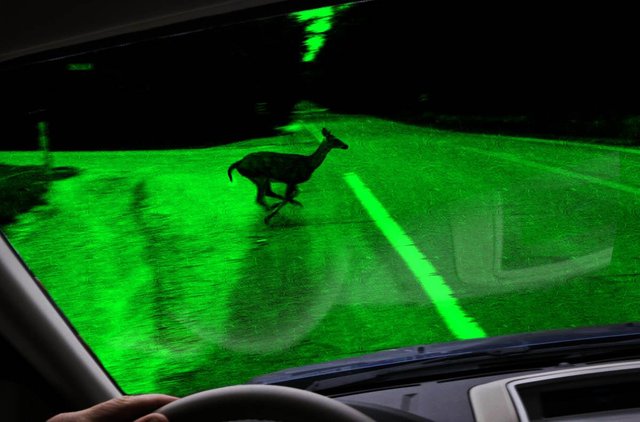
According to a recent survey by our sister brand, Holts, driving in the dark is one of the biggest anxieties modern motorists face at the wheel — with 64% admitting that night time driving causes stress.
Perhaps if drivers could see in the dark, and know what was coming around the next bend, they’d be less nervous about driving at night? Well, that could become a reality thanks to new technology available on selected Mercedes-Benz, Audi and BMW models.
Thanks to thermal imaging, these cars highlight when people (or animals) are on the road ahead, even at night, helping you avoid unexpected obstacles when driving in the dark. They’re also fitted with powerful next-gen Matrix headlights, which automatically shift in the direction of the bend, so you can see what’s coming around the corner before you get there — how clever is that?
9/ Give you a heads up of potential hazards:
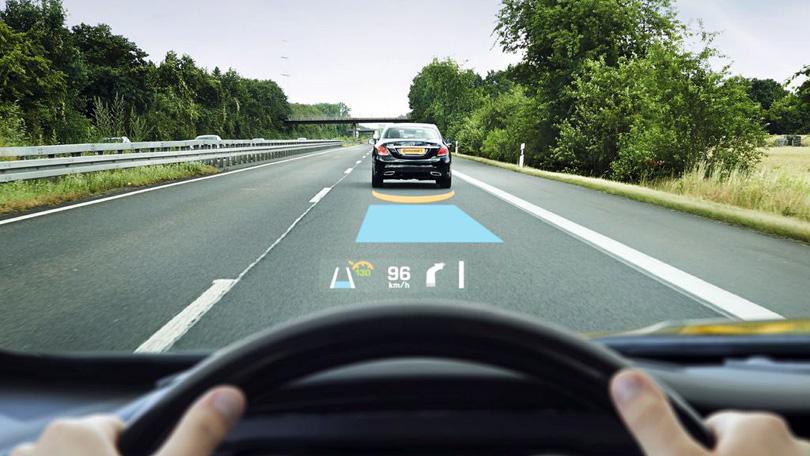
Hazard perception is a steep learning curve for new drivers, but it could have just got a whole lot easier thanks to hazard assistance, which is now available on a number of different makes and models, including the Nissan Note and Audi A5.
Hazard assistance systems work by monitoring the traffic and obstacles around your car using radar or other signals, before relaying this information back to a screen on the centre console.
If you come close to another vehicle, or move to change lanes, the system will alert you of any hazards nearby, so you can always be sure you aren’t driving into the path of danger. These systems are designed to remove the risk of blind spots, and are perfect for drivers who spend a lot of time in the city or on the motorway.
10/ Drive itself:
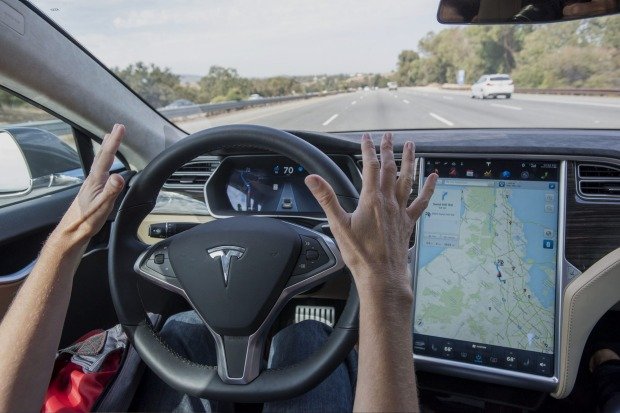
Lane assist, hazard warning systems and adaptive cruise control mean that a handful of cars can now, in theory, drive themselves. This can only be achieved in controlled situations, however, and we certainly wouldn’t recommend taking your hands off the wheel and your feet off the pedals on the motorway.
But, as cars get smarter and the technology surrounding driverless cars advances further, roads full of automated cars could be just around the corner.
11/ It can cook dinner:
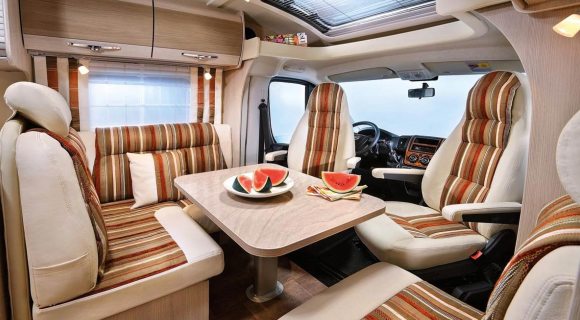
A silly entry to end this list; but did you know that your car can cook dinner? Engine cooking has been around for years, but we doubt many drivers have tried it. Still, the practice is fairly common, and even has its own Wikipedia page telling you how to do it.
Basically, you use the heat of your car’s engine to cook your dinner on the way home from work. By placing foil-wrapped food on a hot spot under the bonnet, the heat generated from the engine then cooks it through as you drive. Truckers are said to have come up with the idea, and Hugh Fearnley-Whittingstall even had a go on his cookery show, A Cook On the Wild Side.

Nice list of cars bud.